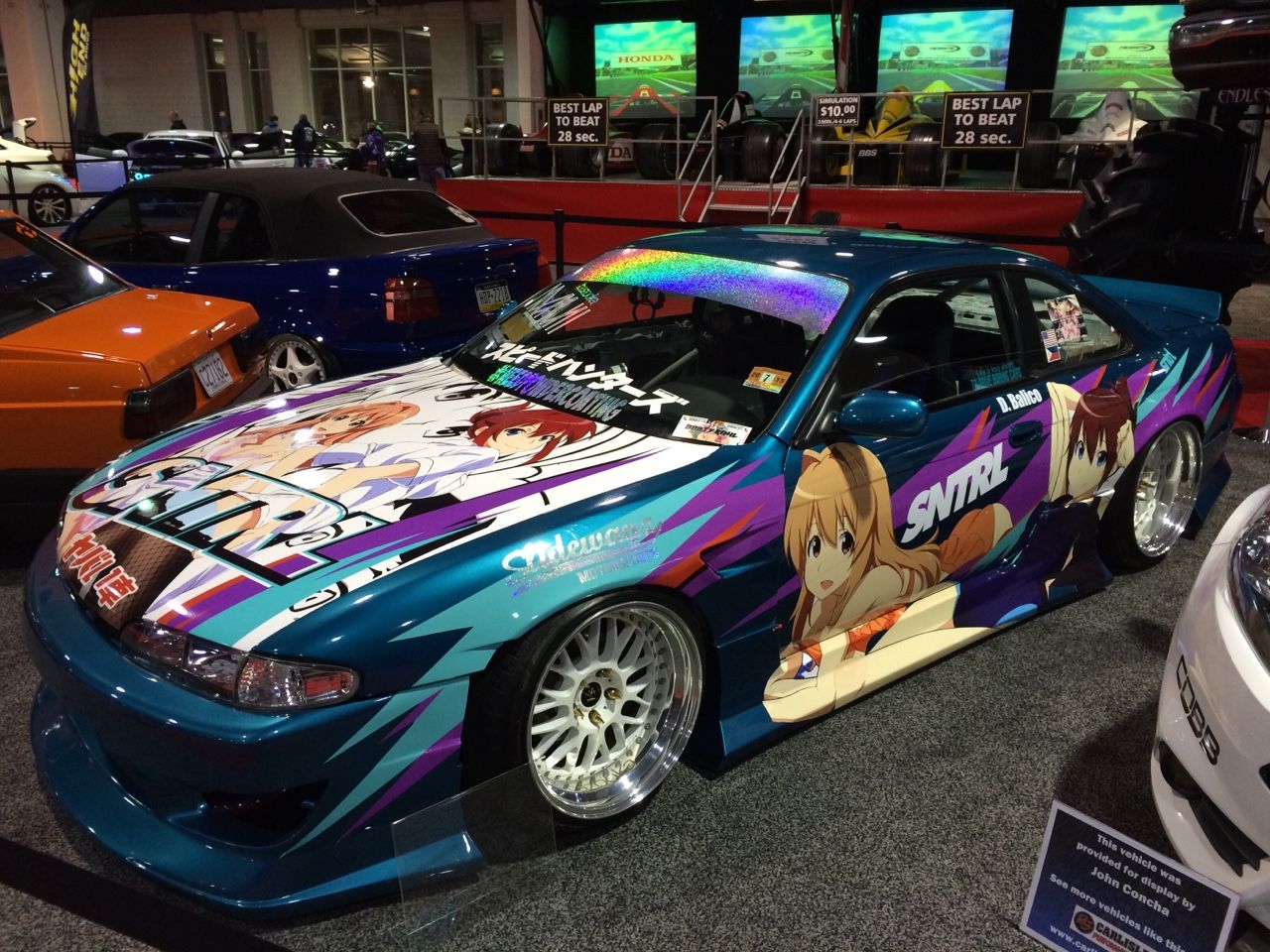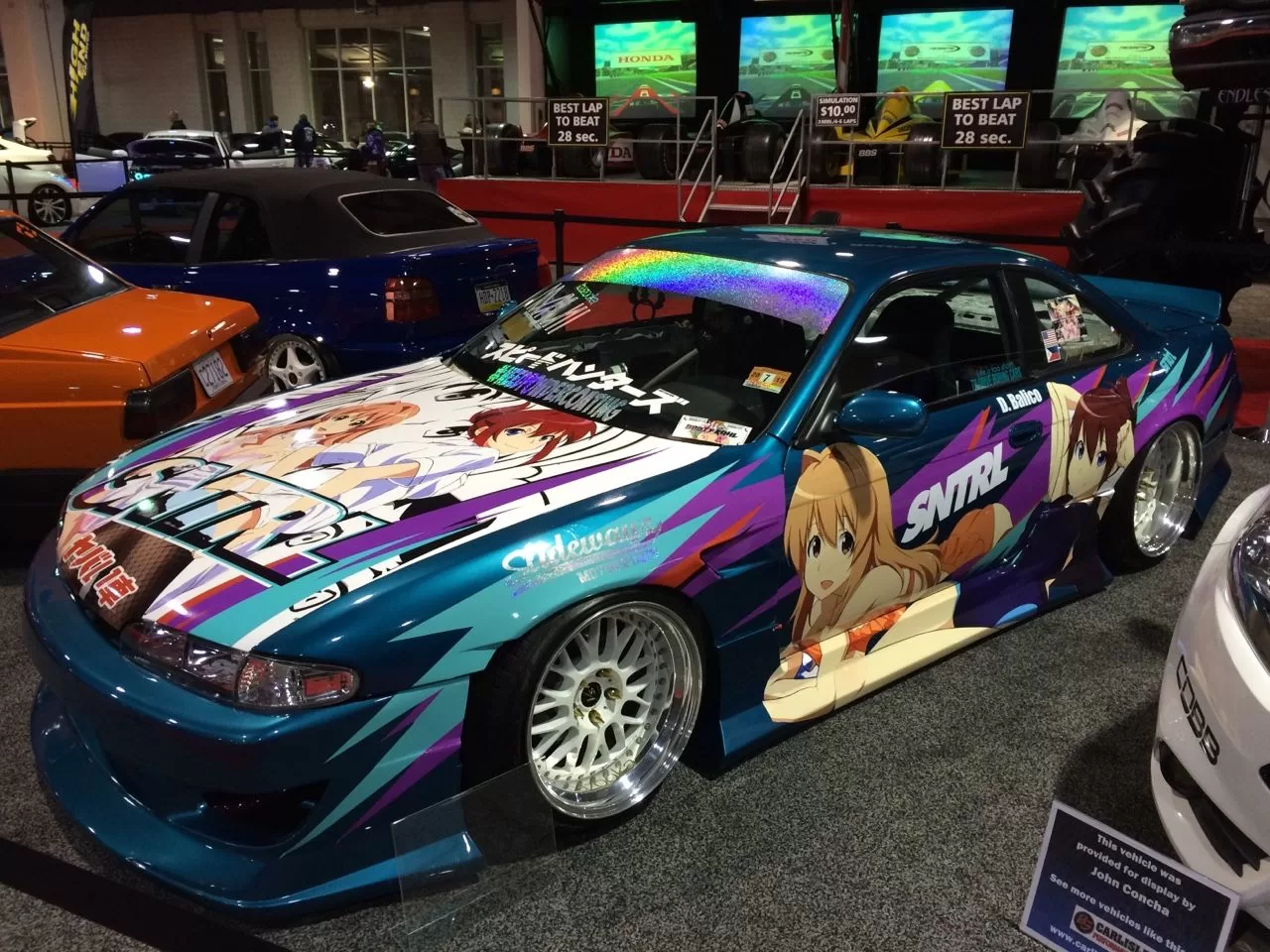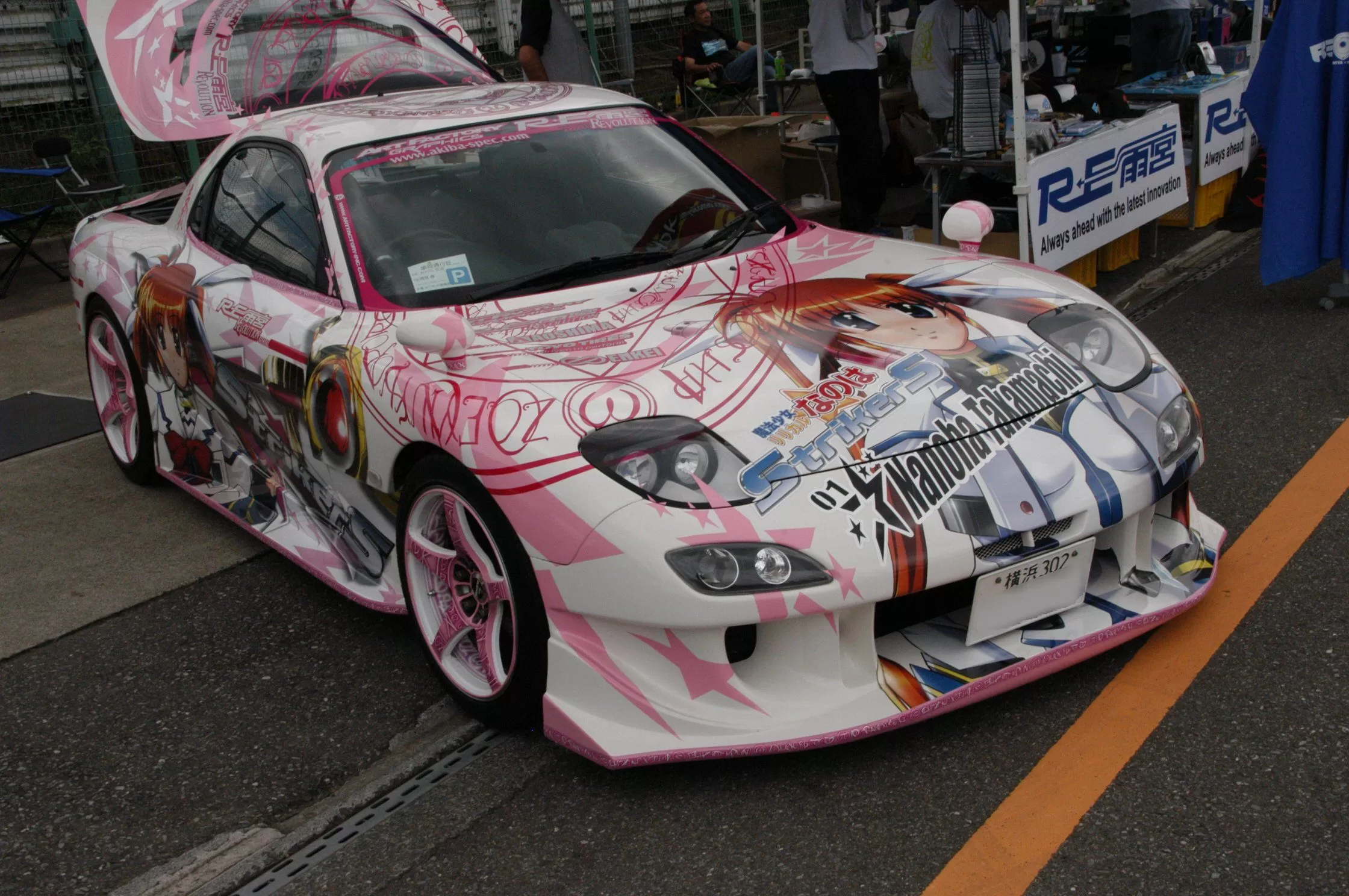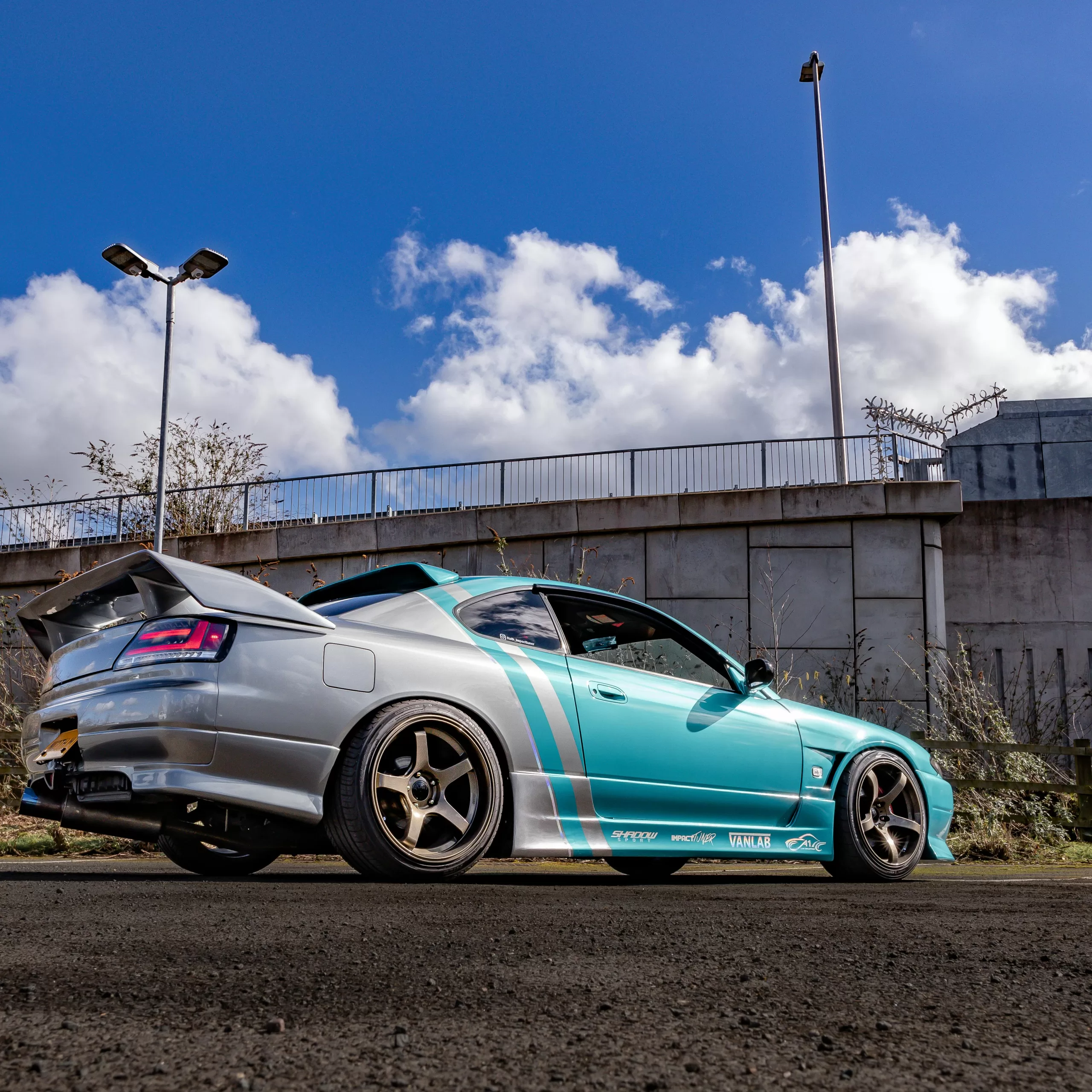Itasha refers to a form of Japanese car customization centered around anime and manga graphics. Vivid illustrations and characters adorn both exterior and interior. Let’s examine itasha’s origins and what defines this unique automotive subculture.
Roots in Racing Culture
Japanese racing cars historically displayed vibrant liveries and names. Custom anime graphics evolved from this culture of embellishment for identity and self-expression.
Early itasha limited designs to racing-inspired motifs or series mascots on amateur drift and track cars. The emerging trend combined motorsport and otaku fandoms into an automotive movement.

Mainstreaming in the 2000s
Pain car exploded into Japanese car culture in the 2000s as graphics technology progressed. Enthusiasts could produce complex, full-color designs at lower costs. Manga art enveloped everyday vehicles driven on public roads.
The Tokyo Auto Salon became a hotbed for bold concept cars featuring Pain car and attracting brands. As magazines and websites spotlighted builds, itasha penetrated more of the tuning scene.
Defining Characteristics
While personalized, most itasha share common traits. Graphics frequently focus on one series or character, covering the full exterior. Bold colors, elaborate outfits, and exaggerated features dominate.
Text callouts, motifs, and props reference the illustrated anime. Interior upholstery and accessories continue the theme. For maximum exposure, itasha often adorn small hatchbacks and sedans. The entire car becomes an anime tribute.
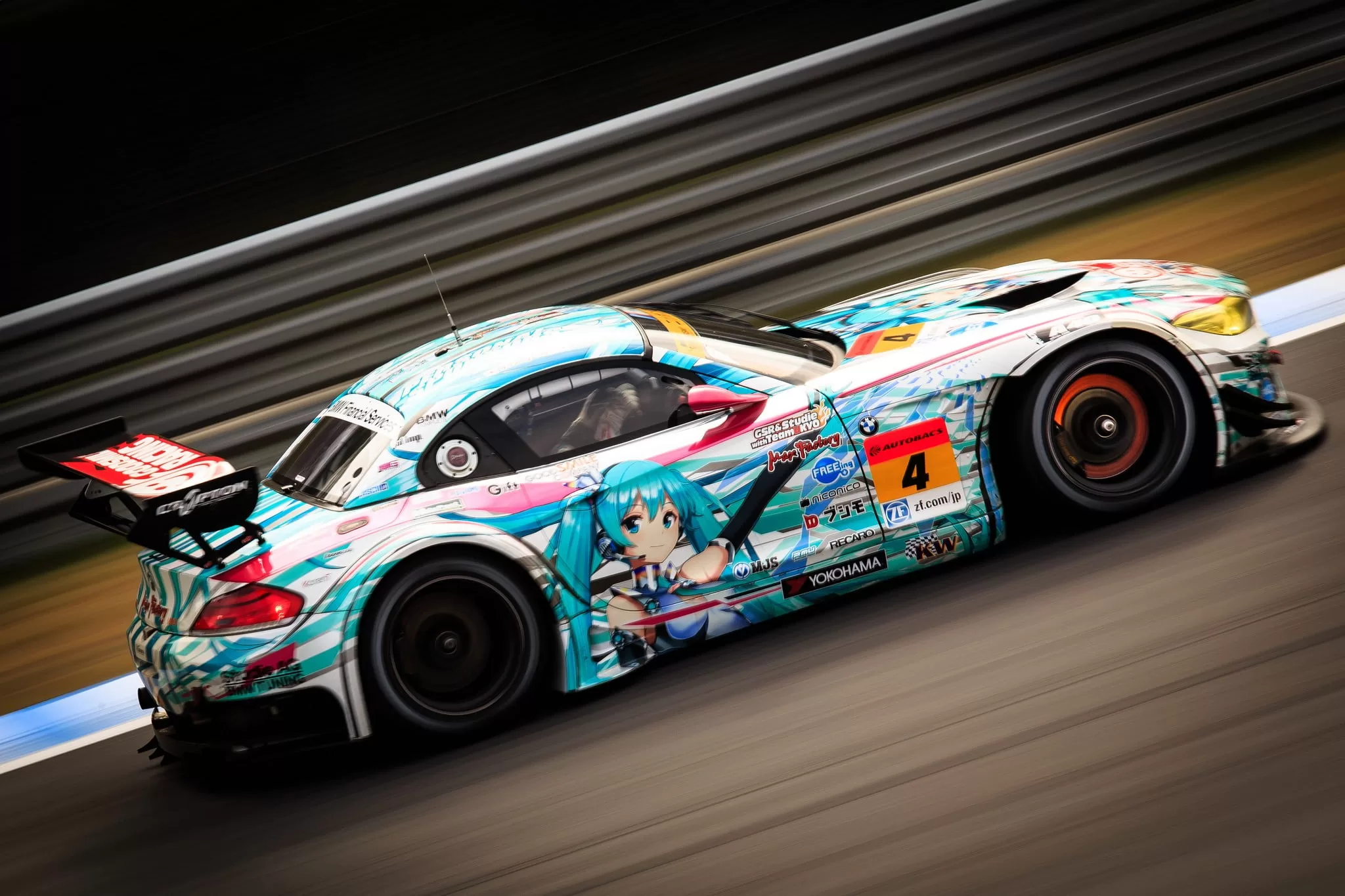
Popularity and Spread
Itasha earned appreciation among Japanese youth attracted to the anime aesthetic. Cars double as self-expression and fandom representation. Their colorful presence contrasts the conformity of mainstream life.
As Japanese pop culture expanded worldwide, itasha references spread internationally. Even non-domestic builds exhibit colorful liveries and outfits that embody itasha spirit. The trend persists thanks to a shared appreciation of manga style.
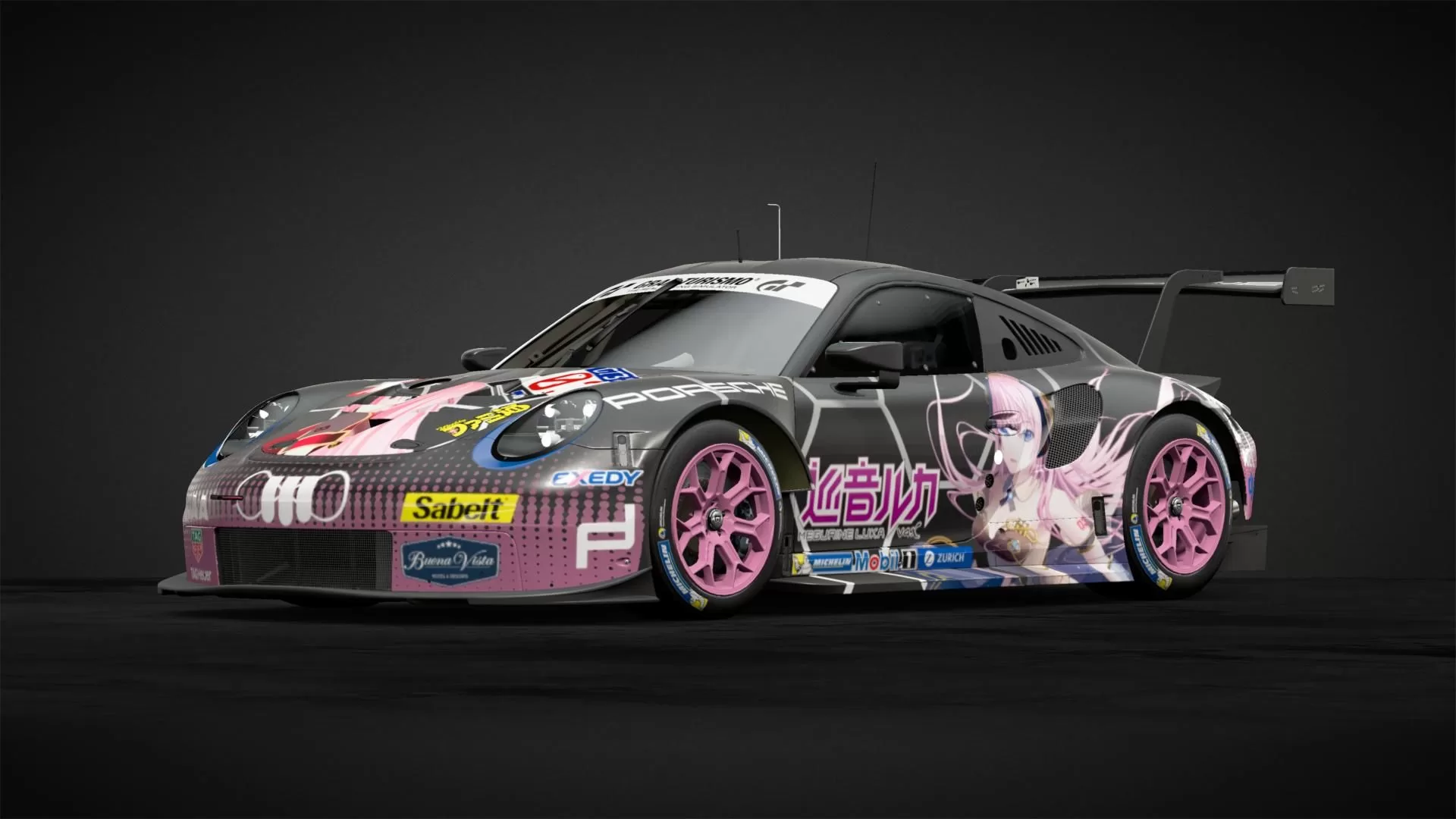
Itasha’s Negative Perceptions
However, it also garners ridicule for over-the-top graphics and perceived immaturity. Critics deride it as attention-seeking and disruptive to public order. The provocative nature draws mixed reactions.
But enthusiasts argue it reflects innocent escapism and bonding with fictional characters. The vibrant cars aim for public amusement versus offense. There are also more restrained approaches that retain style without excess.

Craftsmanship and Effort
At its core, itasha retains craftsmanship like any personalized build. Dedicated owners devote enormous effort into concept and execution. Meticulous design work precedes flawless vinyl wrapping.
The most elaborate builds incorporate customized lenses, interior furnishings, engine components, and aero additions supporting the theme. Itasha is a sincere passion that can represent years of planning.
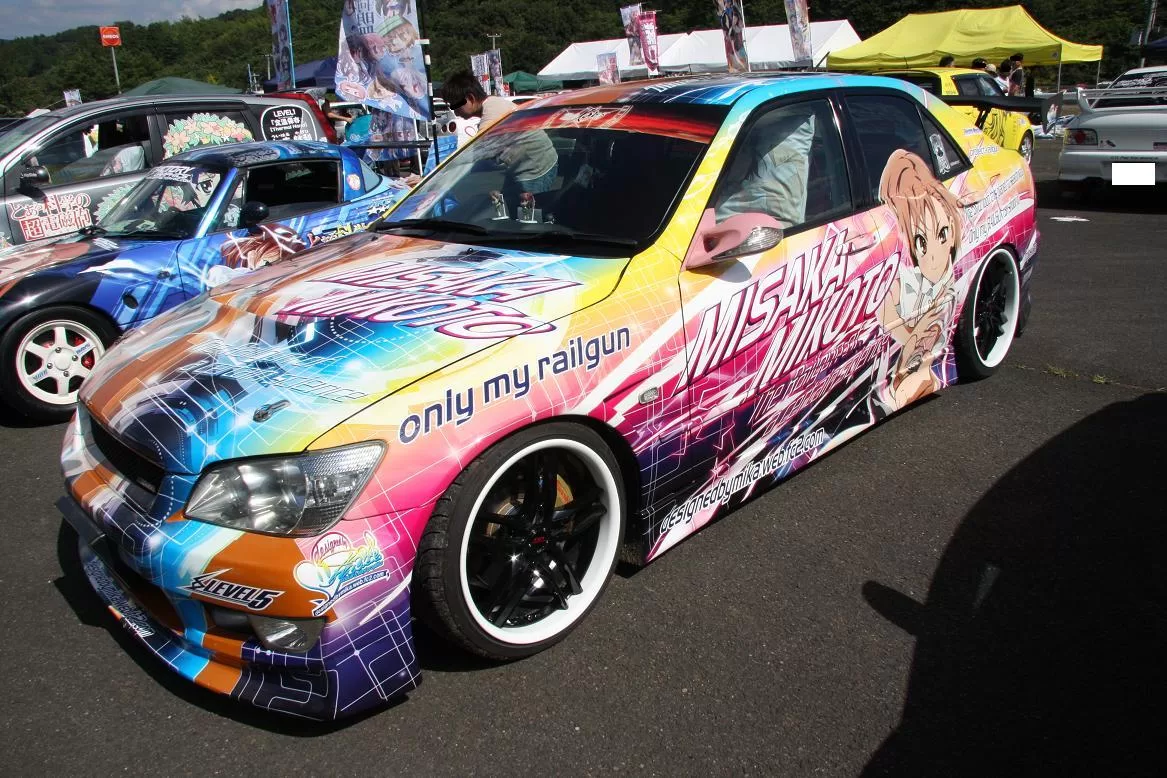
Owners take pride in their cars while sharing their enthusiasm with others. Pain car gatherings provide opportunities to meet-up and photograph builds. The community unites around common interests beyond cars alone.
In a conformist culture, itasha allow bold self-expression. Fans appreciate the light-hearted spirit and challenges to convention. The cars create an inviting, anti-mainstream space.
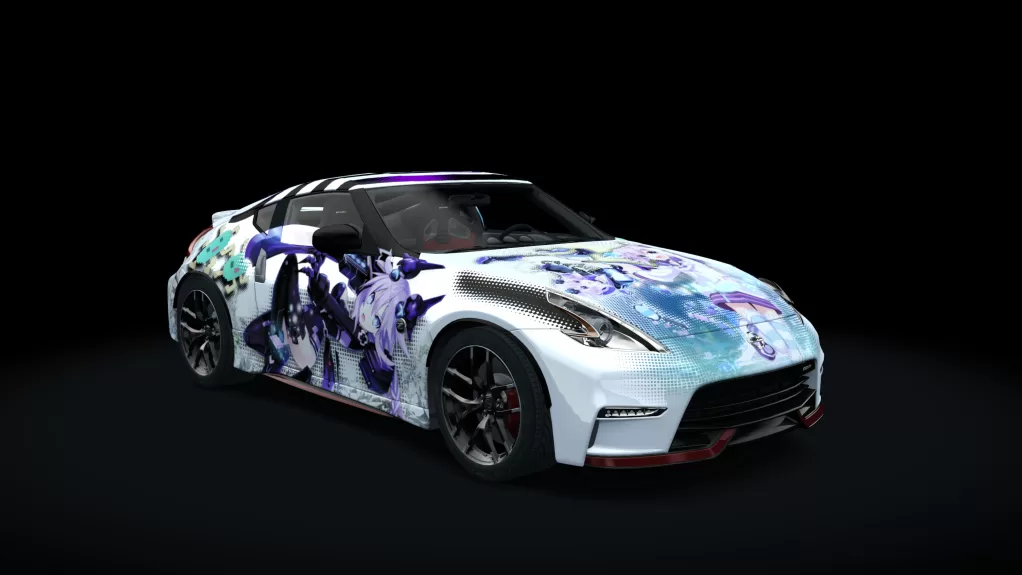
Enduring Movement
Despite some detractors, itasha persists as a vibrant part of Japan’s car culture. Anime fans continue finding inspiration to creatively modify vehicles. The trend remains deeply rooted in otaku identity.
For youth looking to break molds, Pain car provide an outlet combining technology and pop art. The synergy between anime and automotive aesthetics will likely fuel new designs for years to come.

